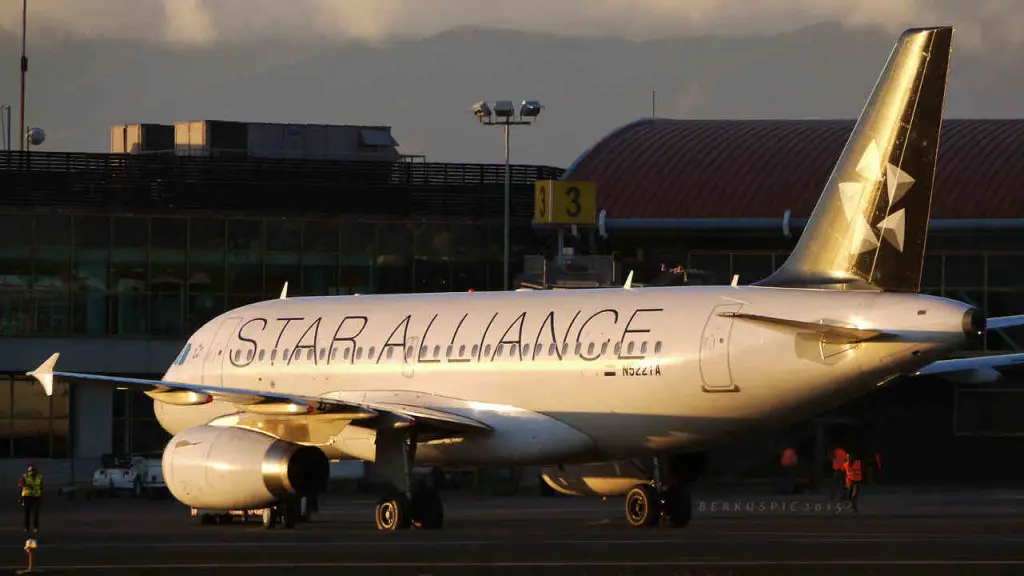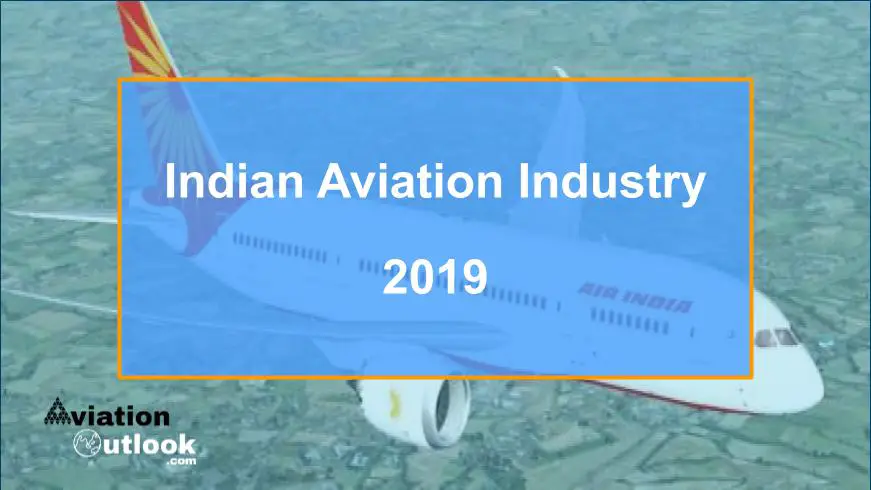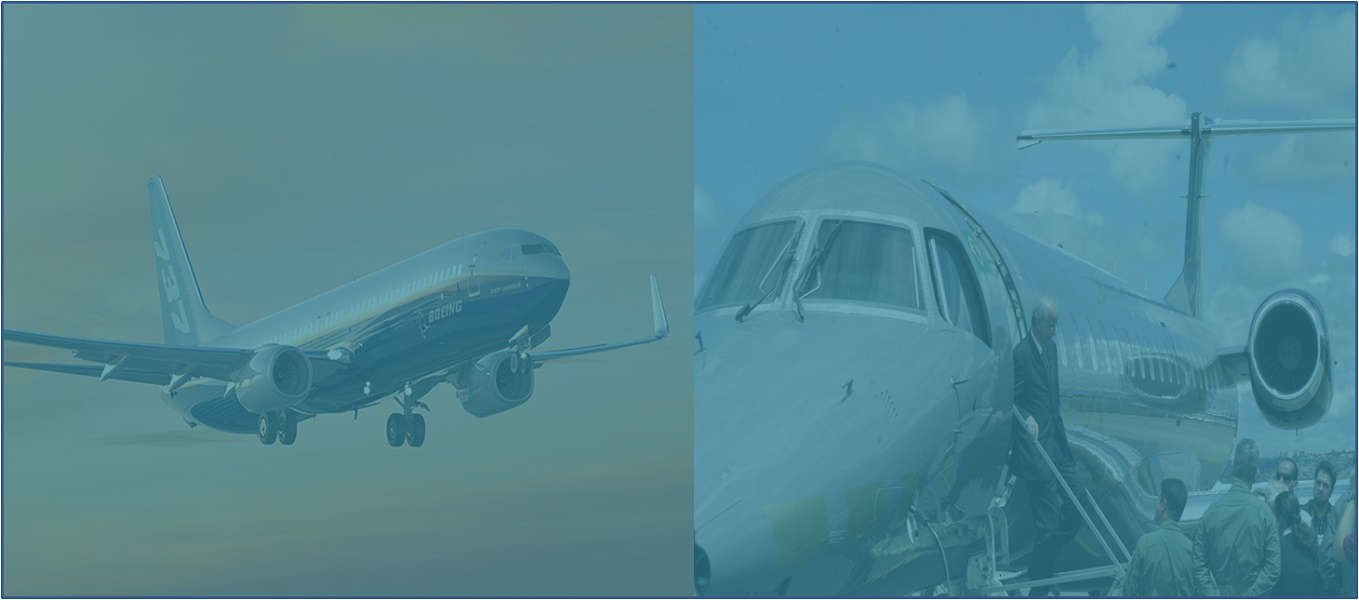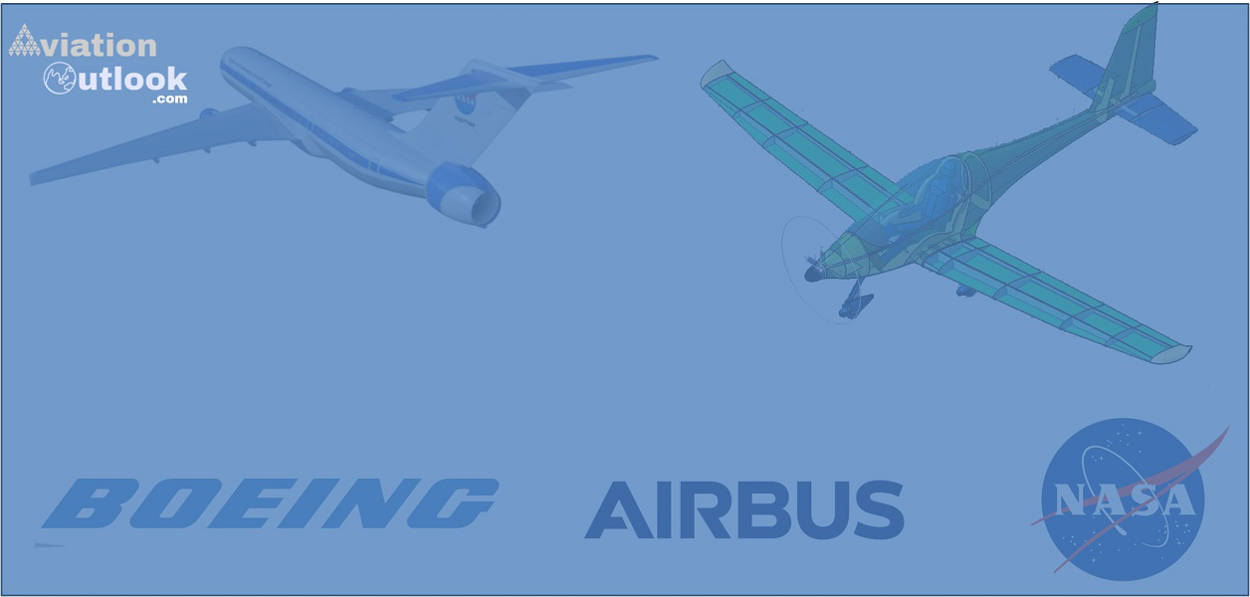
ANALYSIS: Which are the World’s Safest Airlines?
Which are the world’s safest airlines? AirlineRatings, which conducts its own safety ratings for more than 435 airlines around the world has released its list of world’s safest airlines for 2016; top twenty safest airline (full-service carrier) and top ten safest low-cost carriers.
Read the updated version here: World’s Safest Airlines 2019
Australia’s Qantas has been named as the safest airline in the world, third year in a row.
What are the criteria for airline safety rating?
The rating is based on a range of factors including the audit from aviation governing bodies and associations, government audits, and the airline’s fatality record. Qantas has zero fatality, which is an extraordinary record in the modern jet era.
Basically, AirlineRatings follows these 7 safety assessment criteria:
- IOSA or ISSA certification:
- European Union (EU) blacklist
- Airline’s fatality record
- Airline’s FAA endorsement
- ICAO safety parameters
- Audit from respective aviation safety authority (country of origin)
- Aircraft fleet (Russian built?)
If an airline meets all these criteria, it earns seven stars. IOSA or ISSA certification qualifies an airline for two stars. IOSA (IATA Operational Safety Audit) certification is internationally recognized and assesses the operational management and control systems of an airline. ISSA is similar to IOSA, but it is designed for airlines that mostly operate small regional aircraft.
Similarly, if an airline is blacklisted by EU, it looses one star. EU blacklists an airline from flying into European airspace because of concerns related to poor aircraft maintenance or regulatory oversight.
Similarly, in the US, the FAA maintains a list that bans countries (not airlines) from flying into American airspace. If a country does not maintain international aviation standards for aircraft operations and maintenance, it is in the FAA blacklist. Thus, an airline from that particular country looses one star as per this safety rating criteria.
Also, if an airline’s country of origin meets all the eight ICAO safety parameters, it gains two stars. If five to seven of the criteria are met, it gains only one star; and no point is awarded if less than five criteria are met.
One of the strange safety assessment criteria is the operational fleet of aircraft. If an airline operates only Russian built aircraft, it loses one star. This criteria might have been enforced because the Russian built aircraft such as LET410, Antonov An-12, and CASA C-212 have poor safety records. These aircrafts have been involved in multiple fatal crashes in the last decade. Airlines in Brazil, Czech Republic, Egypt, Iraq, Honduras, Hungary, Philippines, and Russia have operational fleet of Russian built aircraft.
The top twenty safest airlines by country of origin are:
| Country | Airlines |
| Australia |
|
| Finland |
|
| Germany |
|
| Hong Kong (China) |
|
| Japan |
|
| Netherlands |
|
| New Zealand |
|
| Singapore |
|
| Sweden, Norway, Denmark |
|
| Switzerland |
|
| Taiwan |
|
| UAE |
|
| UK |
|
| US |
|
The top ten safest low cost carriers (LCCs) by country of origin are:
| Country | Airlines |
| Australia |
|
| Canada |
|
| Germany |
|
| Hong Kong (China) |
|
| Ireland |
|
| Mexico |
|
| UK |
|
| US |
|






